The "Reef Cycle" exhibition was featured in the Los Angeles Daily News!! To view the article, visit here.
|
Given the amount of time I devoted to the reef structure with my last installation, it's no surprise that my interests have drifted to other areas of the ocean as well. On my last visit to the Long Beach Aquarium, I spent extra time enjoying the jellyfish tank. Of all the jellyfish I have encountered (and even the few I've been stung by), I have never seen a Portuguese Man O' War. Man Of War. With such a grandiose name, I envision the Man O' War to be the super god of translucent sea beings. Maybe it can swim at great speeds, or perhaps its tentacles are three times the length of a normal jellyfish with human heat-sensing capabilities. I started to ponder the origin of the name and research more about these creatures. "The English common name for the genus Physalia, "man-of-war" is borrowed from the man-of-war, a powerful 16th century sailing ship of English ... based on its resemblance the Portuguese-built caravel. In the 16th century, the English adapted the earlier Portuguese caravel design for its man-of-war class ship, and presumably as "man-of-war" replaced "caravel" in the English navy, so it also did in the English language," according to Princeton.edu. The most obvious connection between the ship and the sea creature is that the Man O' War vessel, or caravela, has a triangular sail that resembles the air-filled bladder of the marine invertebrate. The Man O' War cannot swim and it relies on the wind, currents, and tides to propel it around the ocean. While also keeping the main portion afloat, the bladder acts as a sail by using the wind to move the Man O' War. Not only are the ship sail and the bladder similar in shape, but they also serve the same function. I learn that the Man O' War is not a jellyfish, but rather a colony of four organisms that function together. Each organism has a separate, specific role: floating, feeding, defense, and reproduction. The long, thin tentacles of the Man O' War can extend more than 150 feet below the water's surface; however, like the bladder, the tentacles rely on the wind and water to move them. While the sting of these tentacles may be extremely painful, the wounds are rarely deadly in humans. At this point in my research, I am not impressed or convinced that such a helpless, heartless, codependent cluster of jelly-like polyps are deserving of a name like Man Of War. Of course, I see the striking phallic qualities and the nickname "bluebottle" helps lead the mind, but this is no warship. I have been trying to define how two terms, "environment" and "erotic", are related to each other in my practice. The working title of this project is Environmental Erotica, and the Man O' War presented itself as the subject for these first pieces. While I enjoy both the name and the look of the Man O' War creature, I also wanted to integrate my own theme or ideas into the works. What could be used to wage war (especially a war between men)? The process begins with an ink blot on cardboard or watercolor paper. Following that, a layering of pen, acrylic and gauche creates the delicate tentacles and other details. So far, the pieces range in size from 4" square to 18" x 24".
Back to work.... |
MELISE MESTAYER
Born in New Orleans, LA Archives
February 2015
|

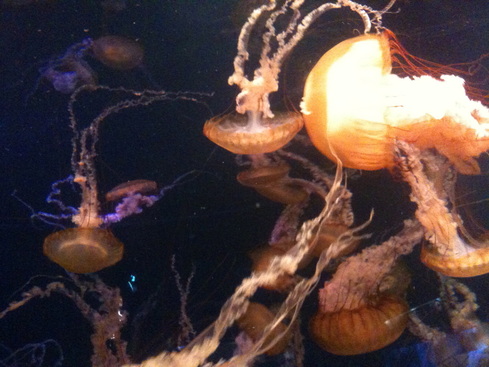
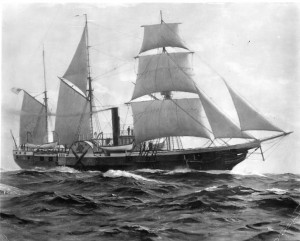
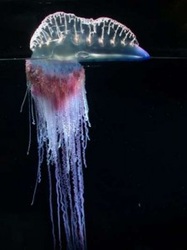
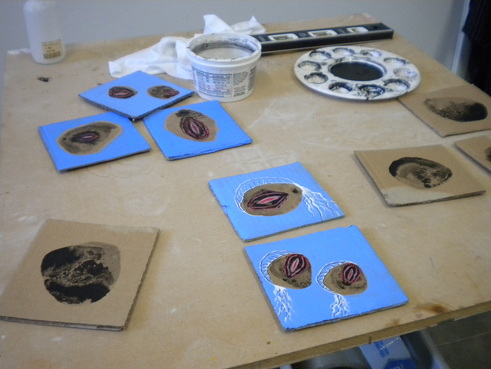
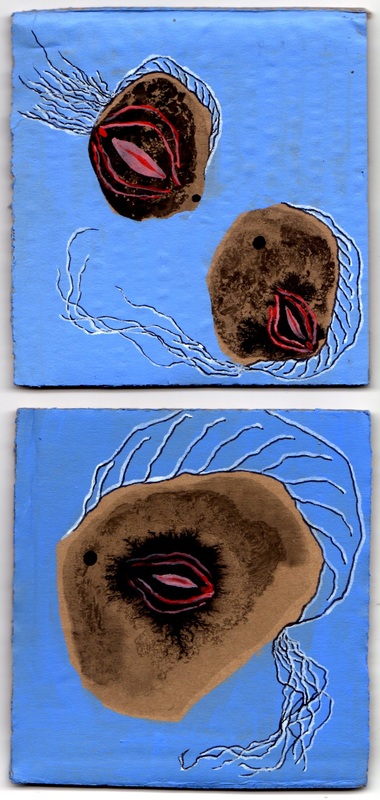

 RSS Feed
RSS Feed
